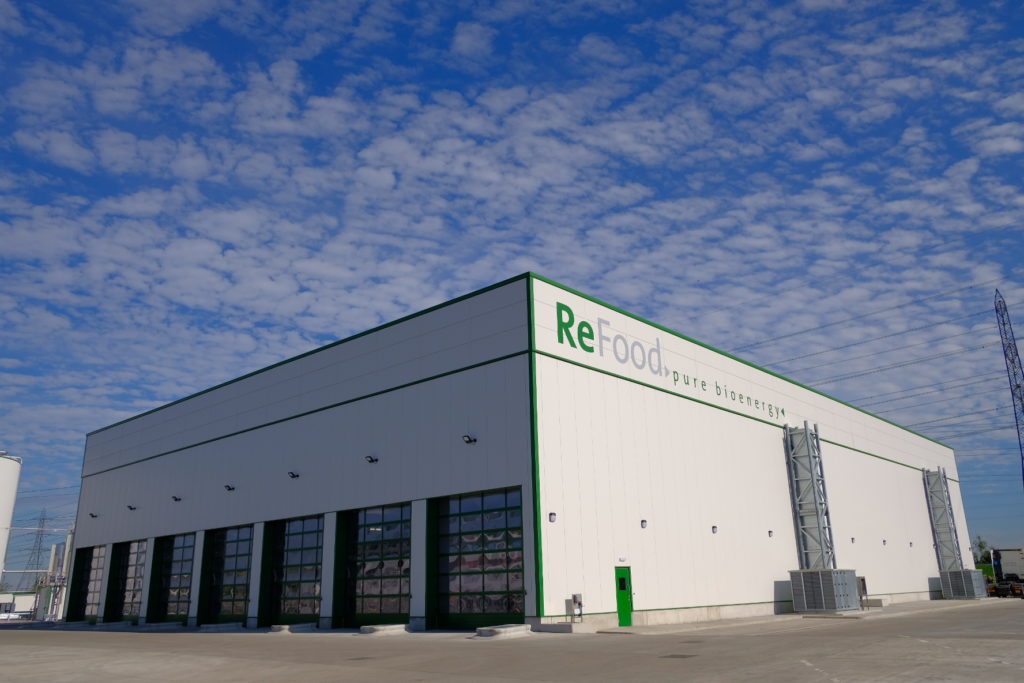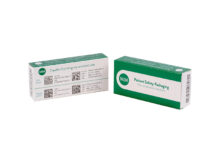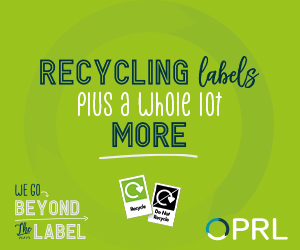Philip Simpson, commercial director at ReFood, discusses how the latest developments in state-of-the-art product packaging are playing an instrumental role in reducing food waste
TO meet the UN’s Sustainable Development Goal 12.3 and halve the UK’s food waste by 2030, we need to achieve a further reduction of 1.8 million tonnes in the next eight years. It’s suggested that one third of this will come from retail, manufacturing and hospitality, but the vast majority of savings needs to be achieved by households.
While wasted food has an obvious financial implication, the environmental consequences are equally as concerning. Indeed, when food is dumped in landfill, it generates greenhouse gases said to be 21 times more damaging than CO2.
But while the picture may seem bleak, we’ve made great strides in reducing food waste over the past decade. Thanks to investment, action and commitment from businesses, trade bodies, thought leaders and the government, we’re creeping ever closer to realising 2030 targets. What’s more, this year sees Scotland begin the transition towards a complete ban on food waste to landfill, as part of the Climate Change Plan 2032.
While these are indicators of great progress, there is still much that can be done to minimise both commercial and household food waste. One primary area of focus is food product packaging. New packaging designs and materials are proving hugely influential, with packaging instrumental in extending shelf life and minimising food waste.
Packaging innovation to extend shelf life
Whether extending shelf life, preventing spoilage or simply improving customer confidence in produce, the next-generation of packaging solutions are making a real difference.
1. Intelligent packaging
Discarding perfectly edible food, due to misleading ‘best before’ dates, is surprisingly common. Intelligent packaging uses a small patch of smart plastic to show consumers how long packaging has been open. This encourages the consumer to only discard food that is unsafe to eat.
2. Snap-packs
With more single-person households than ever before, ‘family size’ perishable items are often unsuitable and form a key part of unnecessary waste. Snap-packs consist of single-person portions, individually split and packaged into larger quantities. Consumers can open the desired volume of product, leaving the remainder enclosed in sealed packaging. A simple idea, but one that has already proven instrumental in reducing waste.
3. Modified atmosphere packaging (MAP)
MAP seals food together with specific concentrations of oxygen, carbon dioxide and nitrogen. This unique blend of gases – which is altered depending on the exact type of fresh food enclosed – preserves colour and taste, as well as increasing product shelf life.
4. Active packaging
Active packaging preserves food by adding certain chemicals to the packaging itself, which makes the environment less attractive for bacteria to grow. The addition of iron oxide, for example, reduces oxygen levels inside the packaging to increase shelf life.
5. Resealable packaging
Practical rather than scientific, using resealable packaging helps to increase product shelf life once a product is opened. An air-tight seal helps to maintain freshness, prevent products from going stale and gives consumers the confidence to use food for longer.
These practical packaging solutions are working in conjunction with behavioural change programmes to deliver the significant food waste reductions required by government-driven targets.
Recycling: the next step
While impressive work is being done to reduce household food waste, it is still the single greatest contributor to the UK’s food waste mountain. The unfortunate reality is that, even with the best minimisation practices, there will always be a percentage of waste that simply cannot be eliminated.
This is the ‘unavoidable’ fraction of food waste that is simply not suitable for human or animal consumption – produce that has passed its sell-by date, for example. While it is no ‘silver bullet’ solution, food waste recycling is becoming an increasingly important alternative to landfill disposal. By harnessing anaerobic digestion (AD), it is possible to turn unavoidable food waste into valuable resources – a safe, secure, closed-loop, end-to-end process. AD harnesses the natural degradation process to create renewable energy and a nutrient-rich biofertiliser – retaining beneficial nutrients and reintroducing them back to the beginning of the food supply chain.
ReFood operates three anaerobic digestion facilities in the UK – located in Widnes, Dagenham and Doncaster. Each year, we collect and recycle more than 400,000 tonnes of food waste. Aside from minimising waste and being more environmentally friendly, we have also shown that recycling can be up to 50% cheaper than other disposal methods.
To realise the Scottish Government’s ambition of eliminating food waste to landfill by 2025, there needs to be an effective implementation of measures to mitigate this unavoidable fraction. Not only does AD help to manage waste volumes and completely eliminate food waste in landfill, but it turns inedible food into something useful once again.













